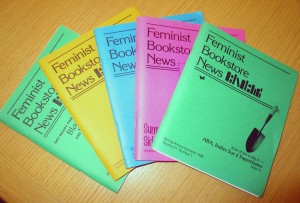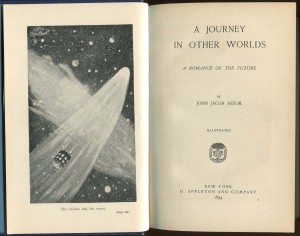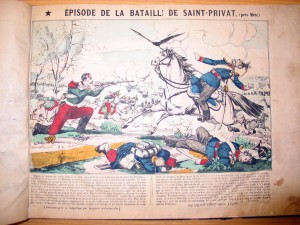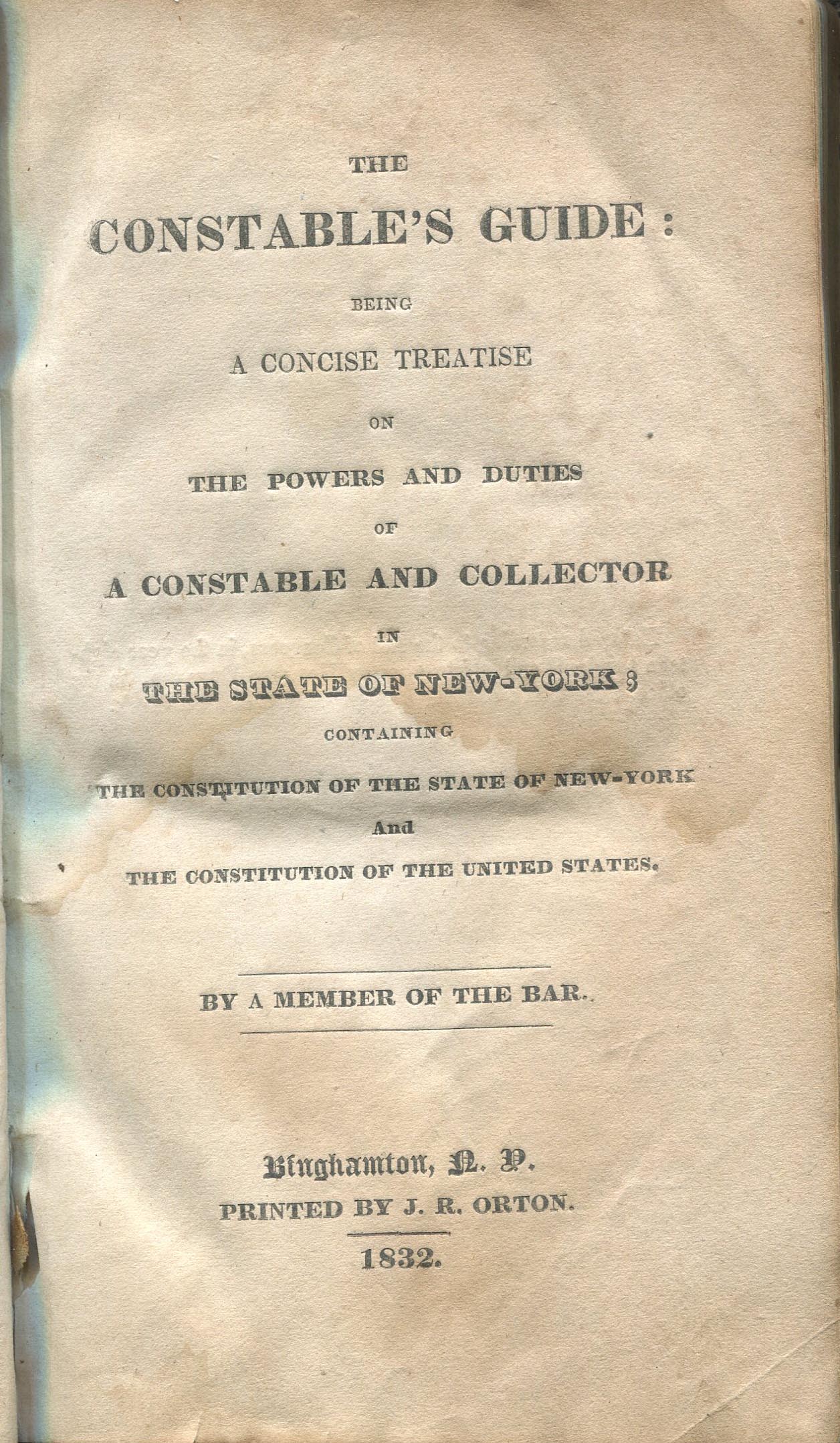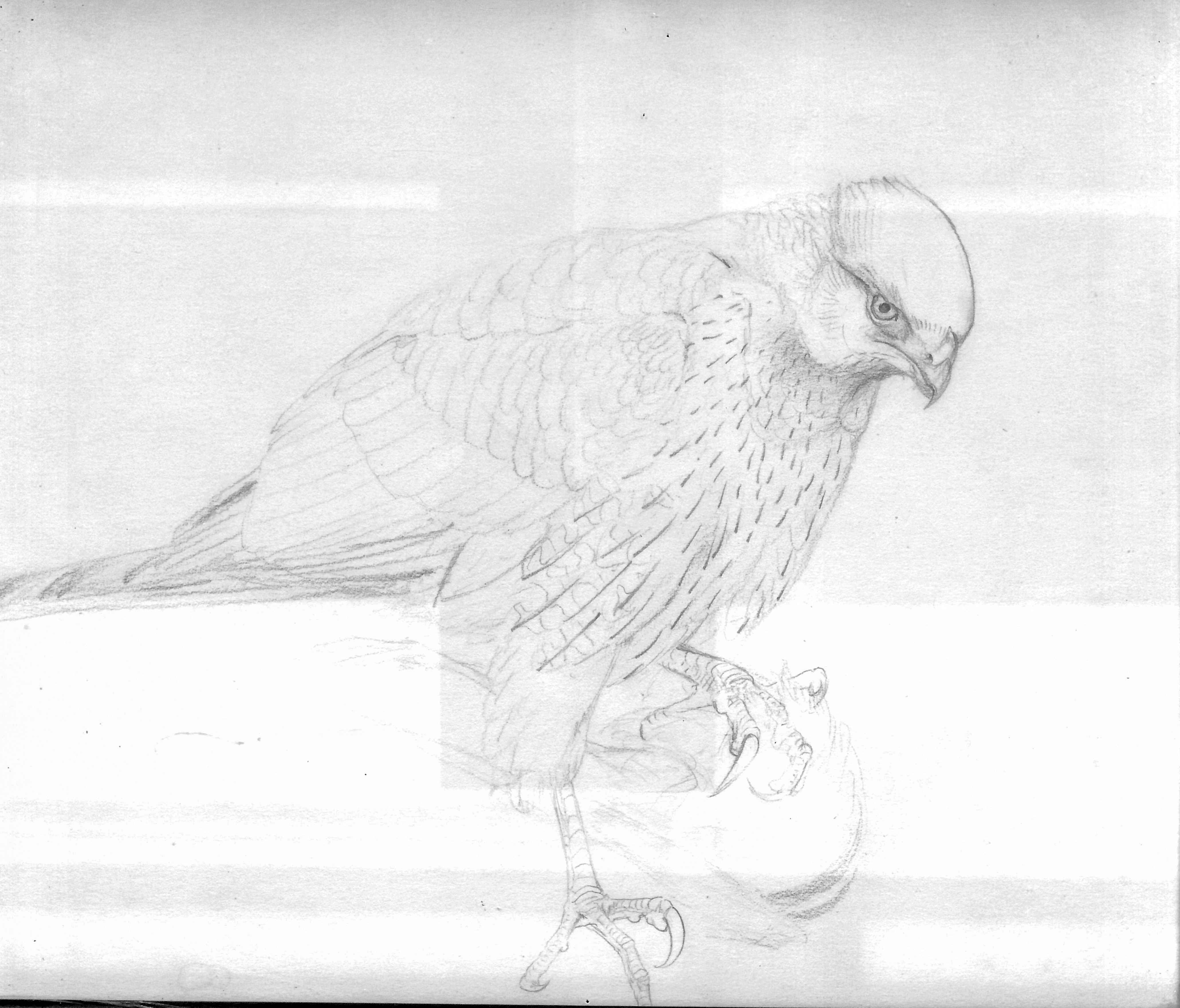
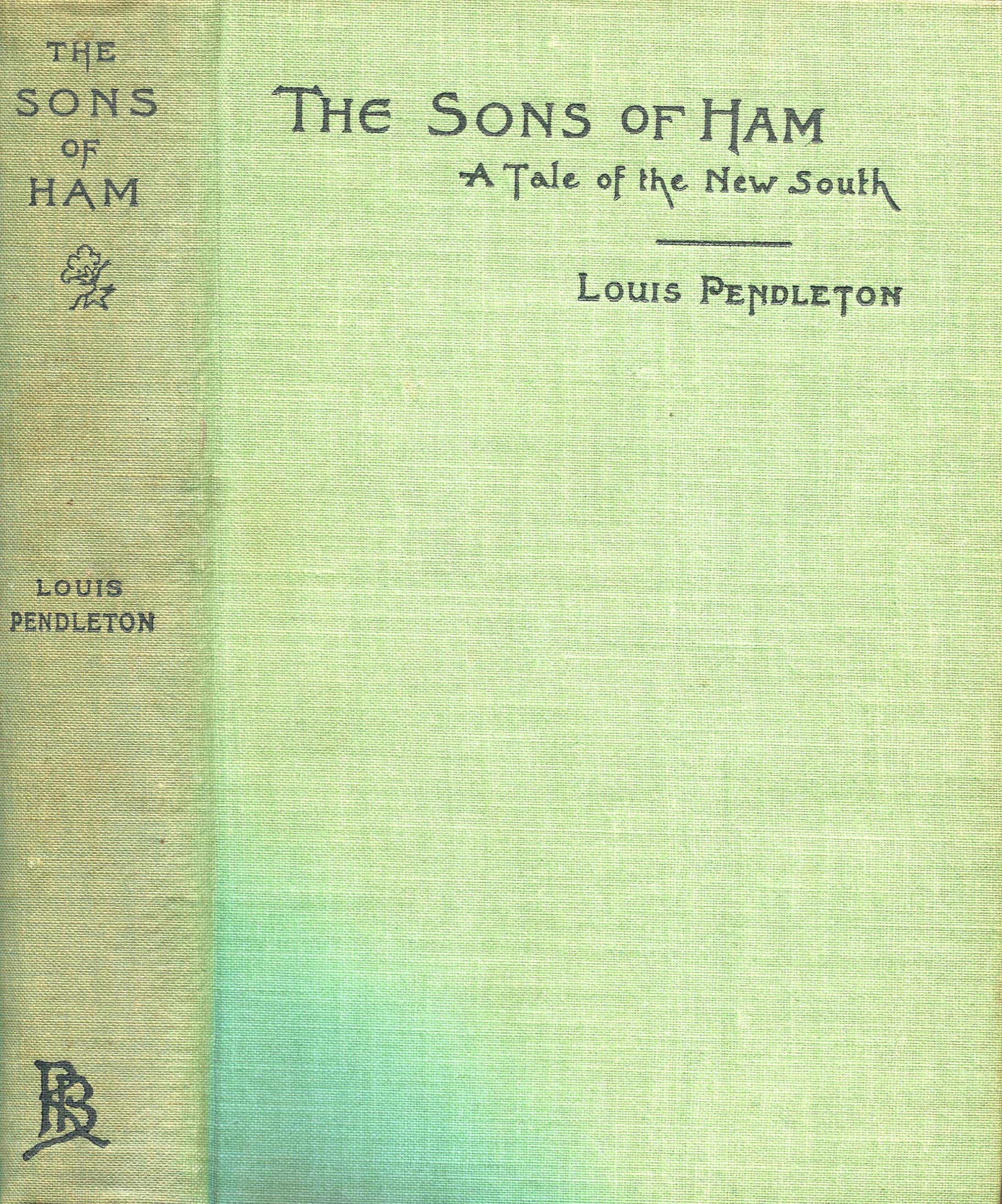 We recently acquired a first edition of Louis Pendleton’s The Sons of Ham: A Tale of the New South(Boston: Roberts Brothers, 1895) as part of our Roberts Brothers collection. A fascinating bonus includes a letter by Pendleton to the publishers, which I have transcribed below next to the image of its first page.
We recently acquired a first edition of Louis Pendleton’s The Sons of Ham: A Tale of the New South(Boston: Roberts Brothers, 1895) as part of our Roberts Brothers collection. A fascinating bonus includes a letter by Pendleton to the publishers, which I have transcribed below next to the image of its first page.
Louis Beuregard Pendleton (1861-1939) was a Georgia-born author and journalist who became a printer and assistant editor of the Valdosta Times at the age of nineteen. After two years in a small religious college in Philadelphia he joined a medical publishing house in that city where he worked for seven years, studying languages and writing for periodicals in his spare time.
The New York Times reviewed the book on March 3, 1895 (“A story of the South of To-day”), and had this to say:
” . . . Mr. Pendleton introduces many purely Southern themes. His description of a tournament is excellent. Possibly this rare show was taken from the jousts at Eglington Castle in 1840. Perhaps occasionally something like the tournament still exists in remote portions of the South. Reba Lawrence is the poor white girl of good family beggared by the war. It is in the discussion of the status of the negro that the chief interest in the story is found. Every now and then this momentous question is raised. The colored brother, being no longer a political factor, has been of late left entirely to his own resources. Will the time ever come when the suggestions of the theorists will be practically carried out? And this is nothing else than the removal of the negro from the South and forcing him, nolens volens, to return to Africa. These and other topics are ably treated by the author. Most particularly has Mr. Pendleton a thorough acquaintance with those battling elements which belong exclusively to the Southern States.”
 Here is Pendleton’s letter to the publishers, dated 26 January 1895:
Here is Pendleton’s letter to the publishers, dated 26 January 1895:
Gentlemen: Thanks for the information contained in your letter of yesterday. I am glad you will make an effort to get the “Sons of Ham” taken up in England. If you fail, I hope you will anyhow send a copy to a few of the English reviews as the Saturday, etc. The English might be less inclined to criticize the book than either Northern or Southern folk over here.
I think it would pay to send the book to a larger number of prominent Southern newspapers than you usually include in your list. The Atlanta Journal has already announced the book, stating that its appearance would be awaited with interest (would also pay to send a copy to several leading new church journals).
As I can not take charge of the dozen author’s copies under the circumstances (I sail by the Etruria for Liverpool Feb. 2), will you kindly have them mailed for me and render a bill of the postage & send one copy to each of the following:
- Rt. Rev. W. H. Benade, 1935 Fairmont Ave., Philadelphia, Pa.
- Rt. Rev. W.F. Pendleton, 707 Corinthian Ave., [Philadelphia]
- Rev. C.T. Ashner [?], 828 North 28th St., [Philadelphia]
- Miss M.Z. Pendleton, 1815 North St., [Philadelphia]
- Rev. N.D. ” [Pendleton], Oak Glen, Cook Co., Ills. [Illinois]
- Miss Pendleton, [Oak Glen, Cook Co., Illinois]
- Mr. C. R. Pendleton, Valdosta, Georgia
- Mr. A. J. ” ” ” [Pendleton, Valdosta, Georgia]
- Miss E.T. ” ” ” [Pendleton, Valdosta, Georgia
And if you can get it there by about the 7th of March, send one copy to one c/o Academy Book Room, Mr. Posthuma, Burton Road, Brixton, London, SW.
